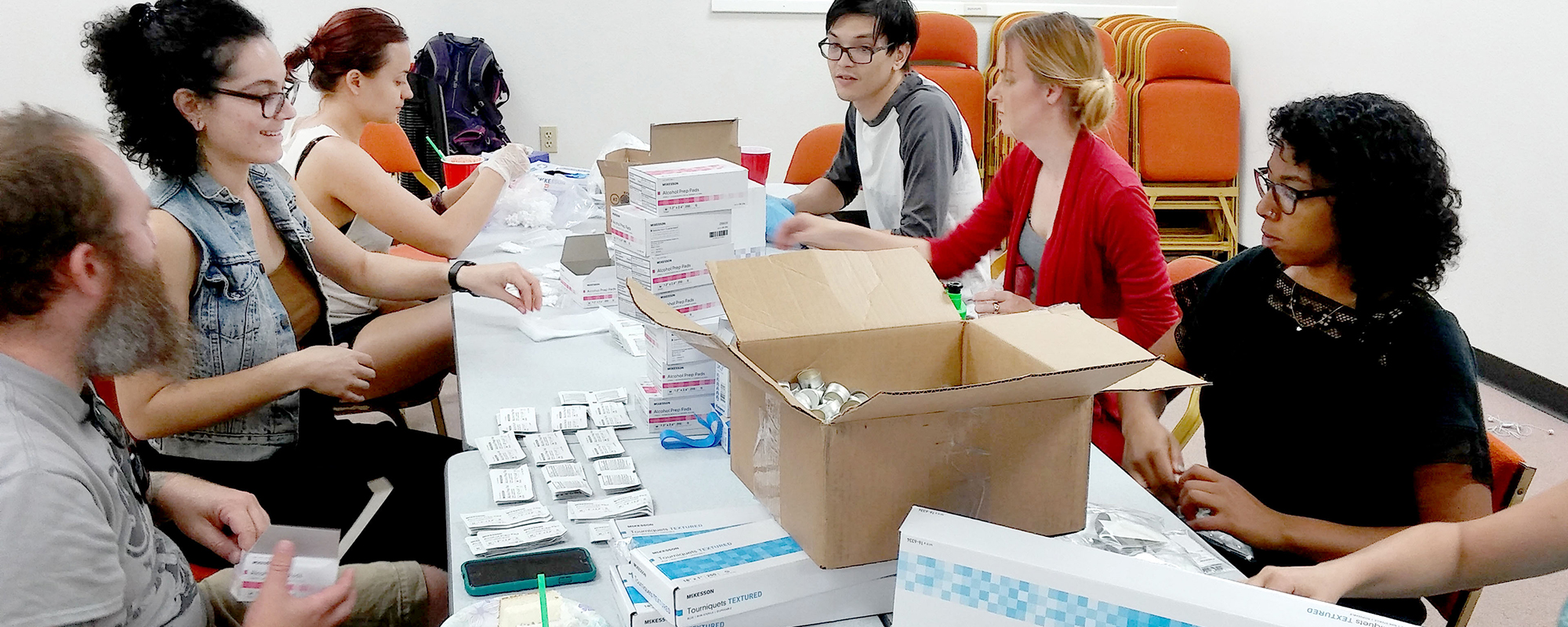Expert: Arizona ‘proactive’ in fighting opioid abuse, but has more work to do
PHOENIX – Arizona Gov. Doug Ducey’s office calls it an “all-hands-on-deck strategy.”
His office has touted its work in creating executive orders, signing new laws and launching partnerships to try to attack the state’s problem with prescription pain medication abuse.
You might say the efforts, combined with those by both the private and public sectors, have led to some success over the years: Arizona now ranks 15th in the nation for all overdose deaths. That’s a drop from sixth in 2010, said a spokesman for the Arizona Department of Health Services. (Opioids – primarily prescription pain relievers and heroin – are the main driver of overdose deaths, according to the Centers for Disease Control and Prevention.)
But that improvement in rank is slightly misleading. Sheila Sjolander, the assistant director of health prevention services at the health department, said the ranking doesn’t necessarily mean overdose deaths are decreasing.
“It’s more of a matter of, we are holding our own compared to other states whose rates have significantly worsened compared to ours,” Sjolander said.
So local and state officials continue to fight.
Sherry Green, the president of the Iowa-based nonprofit National Alliance for Model State Drug Laws, which drafts model drug policies and laws, said Arizona has always been “very proactive in taking a lead” in addressing the opioid addiction problem.
Green cited several recent moves by the state to address opioid abuse: Laws that attempt to prevent “doctor shopping” and loosen restrictions on administering the anti-overdose drug naloxone. The state also issued guidelines for doctors when prescribing drugs for acute and chronic pain before the CDC released its guidelines.
State officials have worked on a variety of initiatives as well. These include developing a toolkit to help educate local communities, mapping permanent prescription drug drop-off locations for the public and creating a free training course for doctors on how to prescribe opioids. Ducey also announced a Substance Abuse Task Force in March 2016.






CONNECT WITH US
Connect with our reporters and editors through social media, or call or email an editor from our contacts page.
Sign up for daily headlines